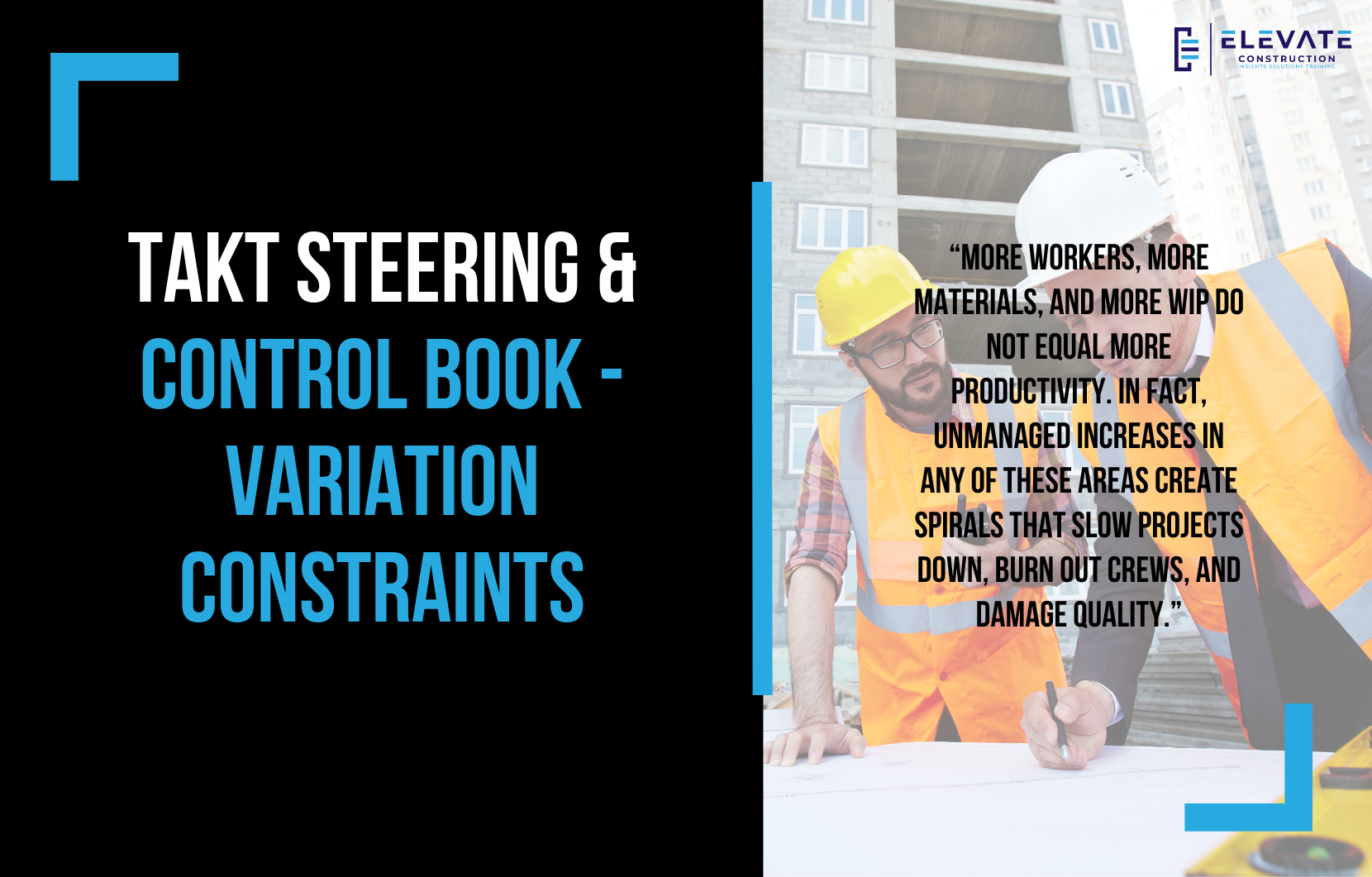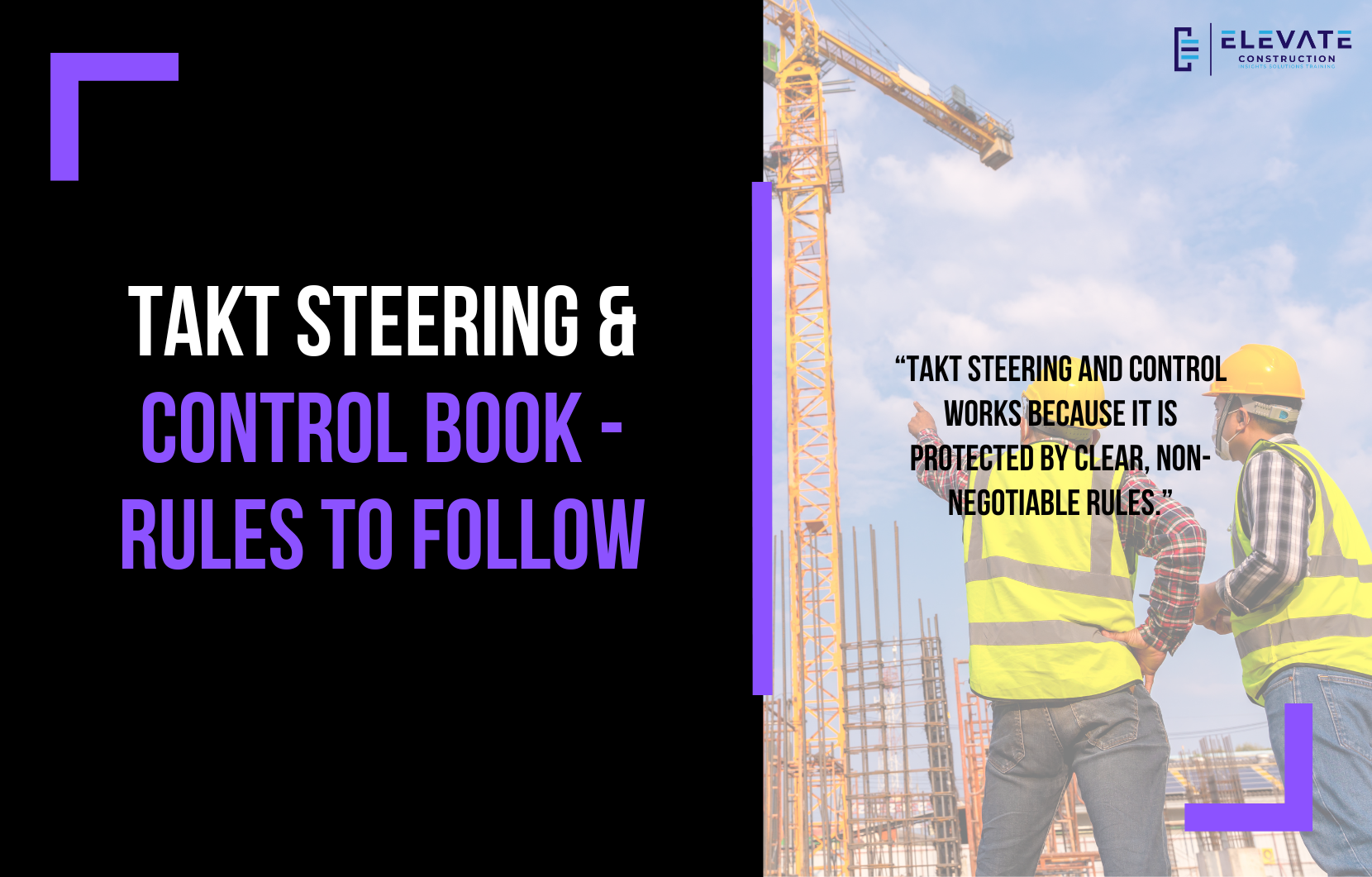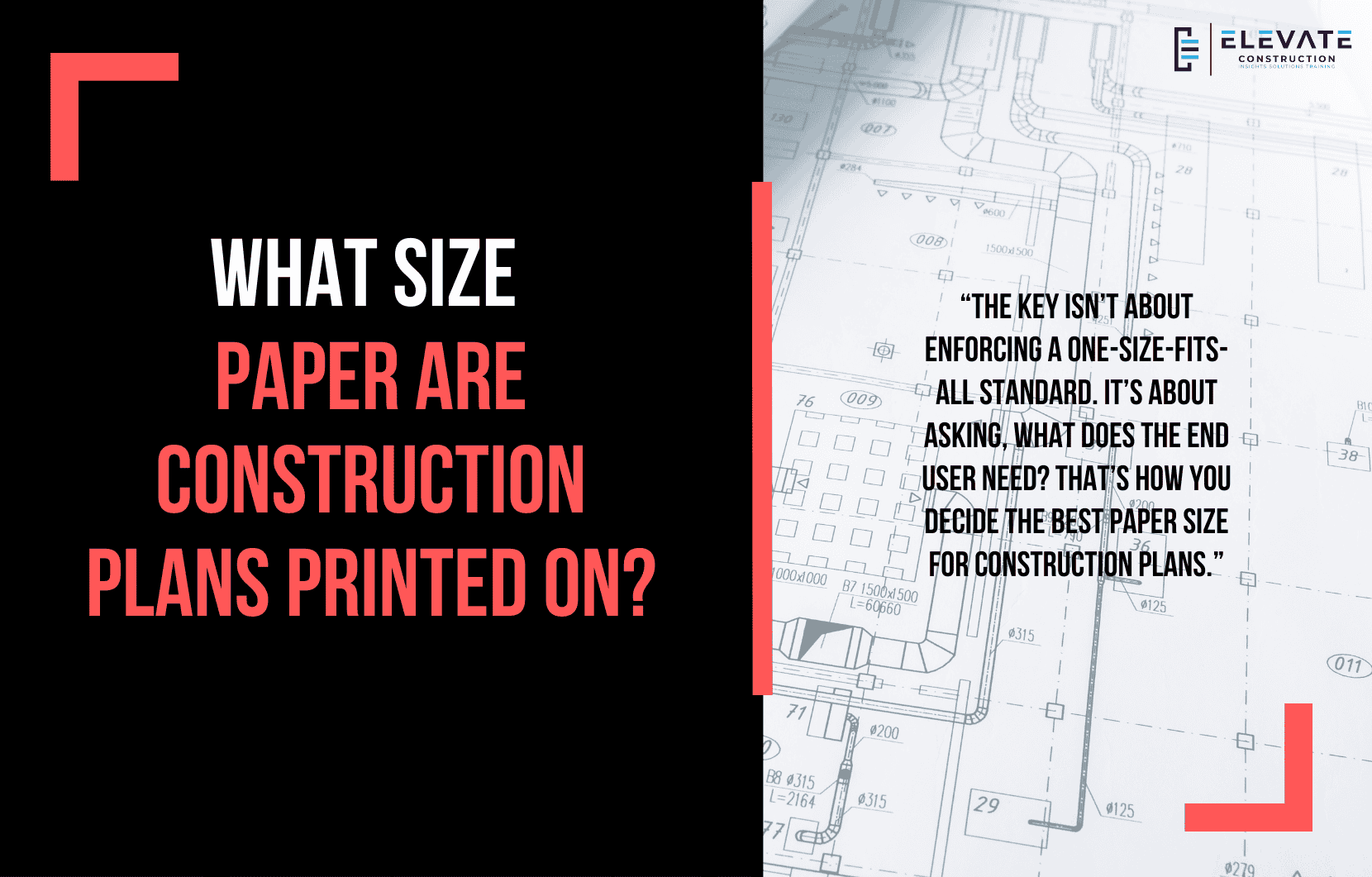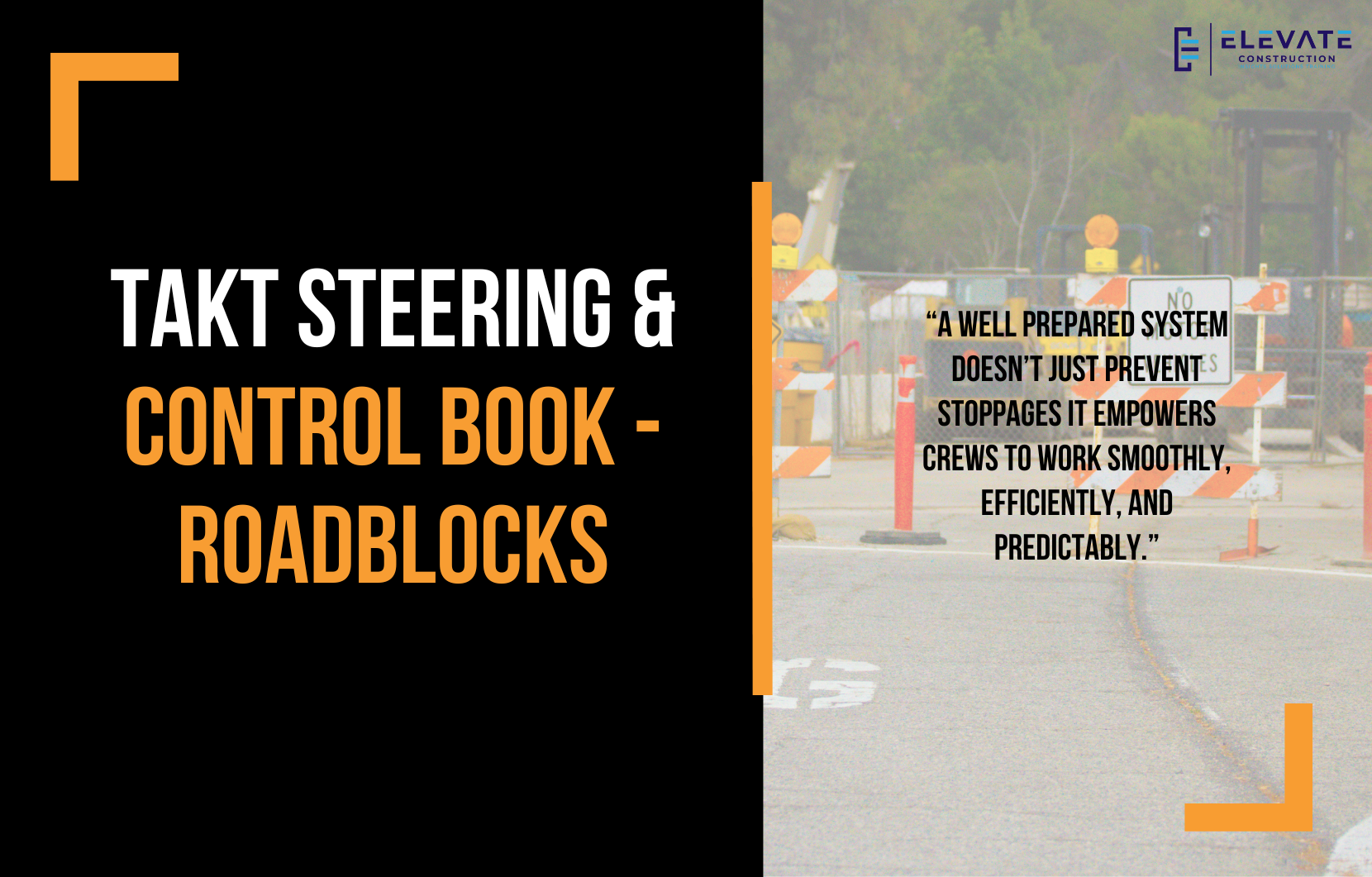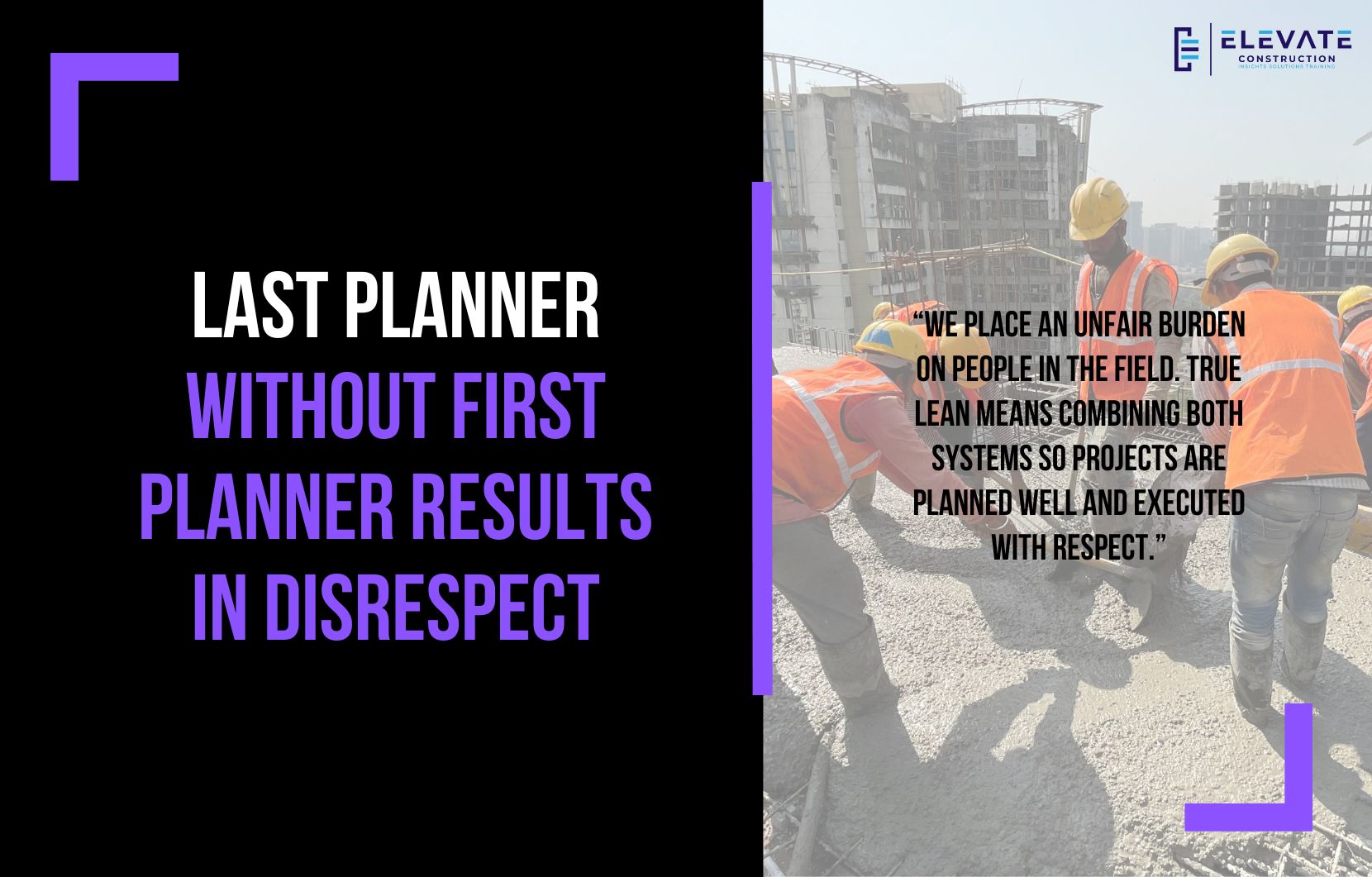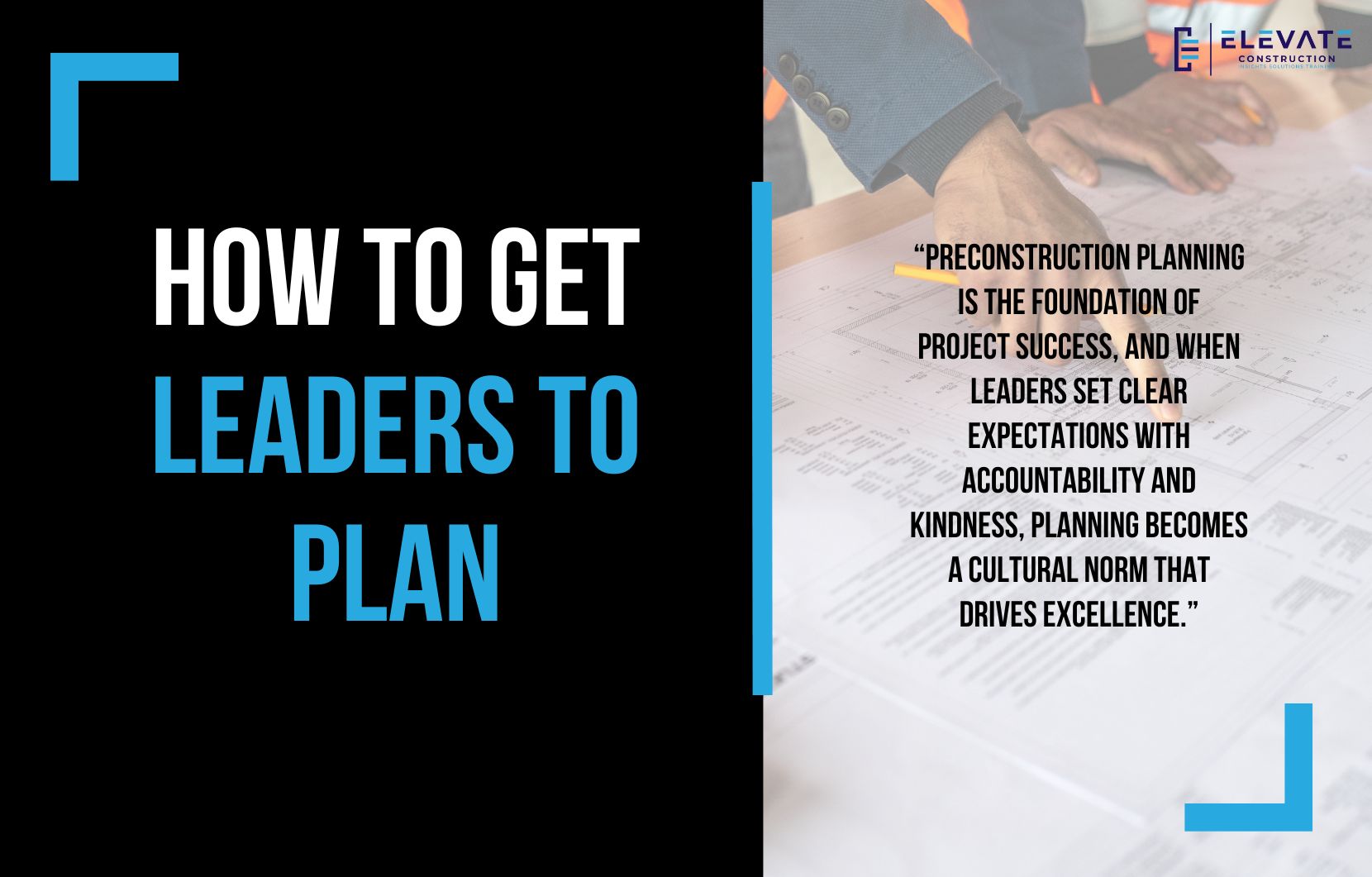Productivity Loss from Too Many Workers, Materials, and WIP
In construction, productivity is fragile. It doesn’t take much to push a project from flow into chaos. One of the biggest mistakes project leaders make is assuming that more workers, more materials, or more work-in-progress automatically equals faster progress. In reality, these factors often do the opposite they create spirals of inefficiency that constrain the system.
Productivity Loss from Too Many Workers
Bringing too many workers onto a project or into a crew may seem like a quick fix, but it usually triggers a productivity spiral:
- Overstaffing leads to batching and multitasking: Crews are spread thin across multiple locations, constantly switching contexts and losing time.
- Communication becomes complex: Larger crews create more communication channels, which leads to more breakdowns and wasted time.
- Crew cohesion suffers: New workers may not share the same leader, culture, or work habits. Without consistency, productivity drops.
- Onboarding takes time: New workers don’t reach full productivity for at least a week, dragging down output during critical moments.
- Overtime follows: Crews try to compensate with longer hours, leading to fatigue, burnout, and eventual collapse in performance.
- Quality declines: Distracted crews make mistakes, leading to rework that costs 2–12 times more than getting it right the first time.
- Planning falls apart: With attention consumed by rework, teams lose focus on planning and roadblock removal, accelerating the decline into chaos.
This is why Brooks’s Law applies; adding more people to a late project makes it later. Unless additional crews are planned, trained, and on boarded in preconstruction, simply adding labor creates more problems than it solves.
The key is to respect crew capacity lines. If one crew can only handle a certain workload, asking them to do the work of two will inevitably trigger a spiral. But if two crews are planned and prepared early, their combined capacity can handle the increased workload without collapse.
Productivity Loss from Too Many Materials
The same principle applies to materials. Bringing too much material to the site or bringing it too early creates a downward spiral of waste:
- Excess inventory piles up and clogs the workspace.
- Transportation and motion increase as materials are moved and re-moved.
- Defects occur from damage, distraction, or improper handling.
- Overprocessing and waiting follow, as crews spend more time fixing problems or searching for what they need.
Instead of helping, surplus materials slow down all trades, disrupt the flow of work, and can even become the most limiting factor on a project.
Productivity Loss from Too Much Work in Progress (WIP)
Too much WIP is another silent killer of productivity. Traditional scheduling methods like CPM often push teams to increase work in progress beyond capacity, but the results are predictable:
- Individual tasks take longer.
- Throughput slows down.
- The system clogs like an overcrowded freeway.
The right approach is balancing WIP with capacity. Not too much, not zero—just enough to keep crews moving steadily, with a buffer to absorb variability. Pushing workers through constraints only worsens delays.
This is why traditional systems like CPM, EVM, and push driven scheduling fail to deliver flow. They ignore the principle that exceeding system capacity makes everything slower, not faster.
Key Takeaway
More workers, more materials, and more WIP do not equal more productivity. In fact, unmanaged increases in any of these areas create spirals that slow projects down, burn out crews, and damage quality. The solution is balance aligning labor, materials, and work in progress with the actual capacity of the system. Planned, trained, and properly on boarded resources create flow; random, reactive additions create chaos.
If you want to learn more we have:
-Takt Virtual Training: (Click here)
-Check out our Youtube channel for more info: (Click here)
-Listen to the Elevate Construction podcast: (Click here)
-Check out our training programs and certifications: (Click here)
-The Takt Book: (Click here)
Discover Jason’s Expertise:
Meet Jason Schroeder, the driving force behind Elevate Construction IST. As the company’s owner and principal consultant, he’s dedicated to taking construction to new heights. With a wealth of industry experience, he’s crafted the Field Engineer Boot Camp and Superintendent Boot Camp – intensive training programs engineered to cultivate top-tier leaders capable of steering their teams towards success. Jason’s vision? To expand his training initiatives across the nation, empowering construction firms to soar to unprecedented levels of excellence.
On we go

